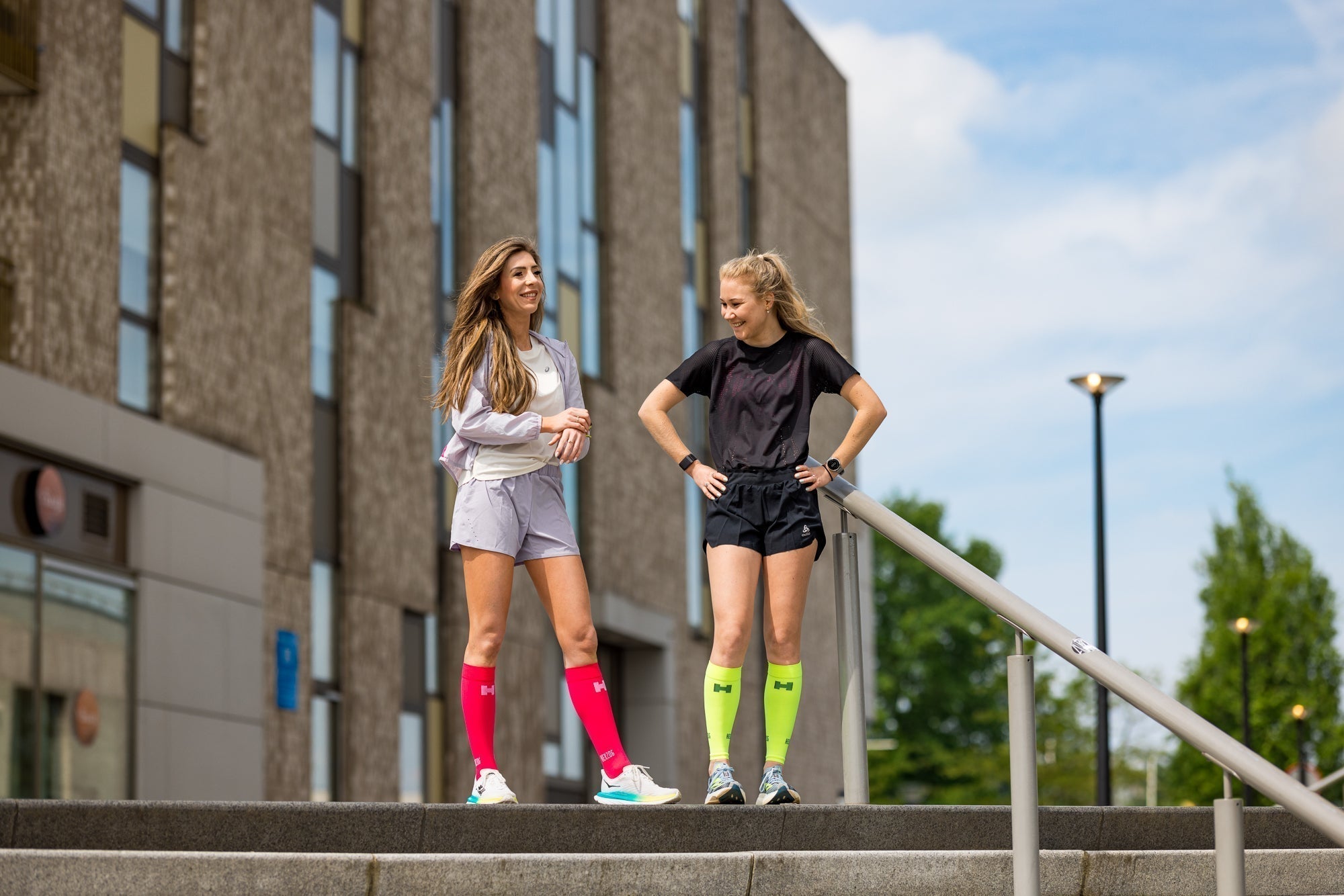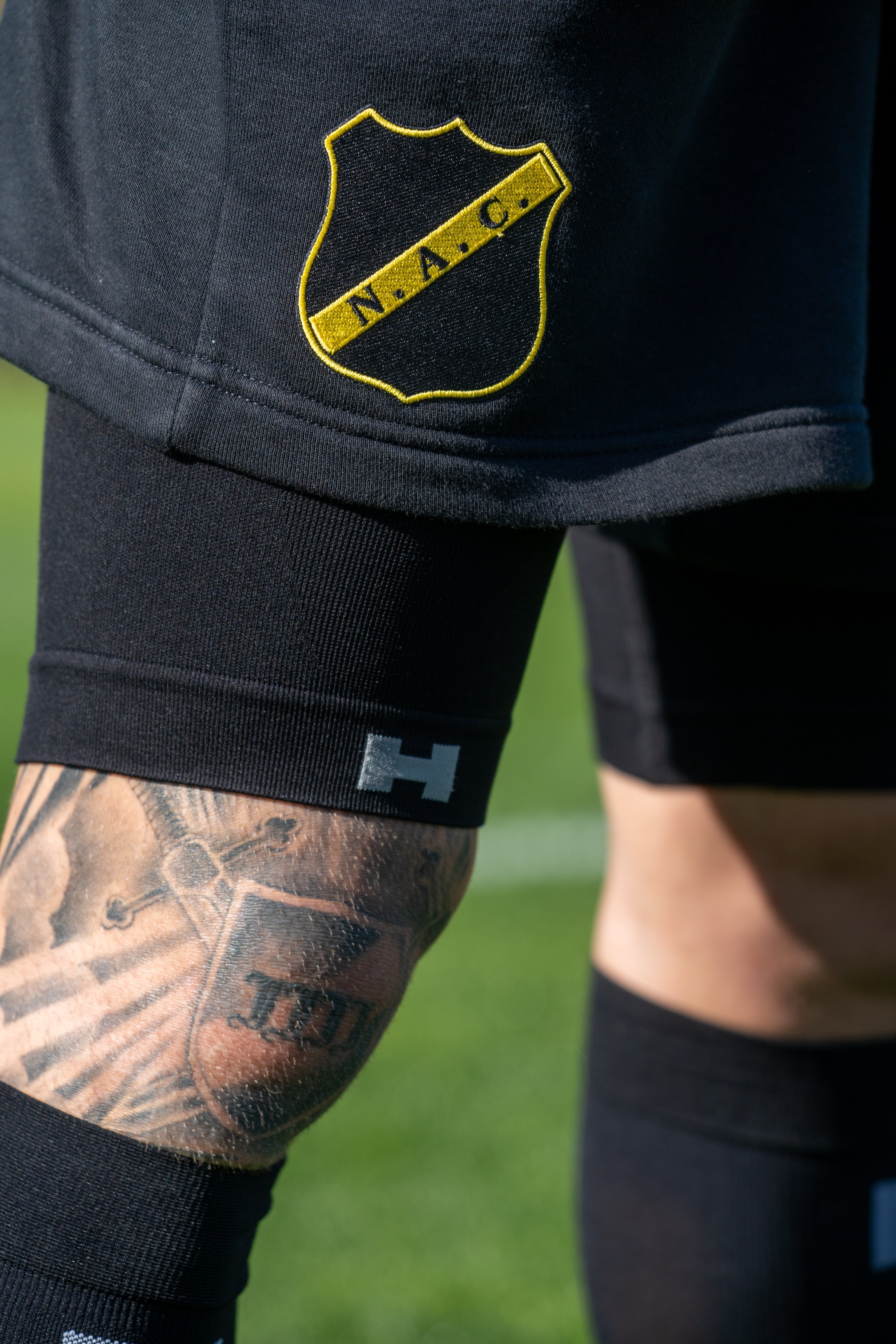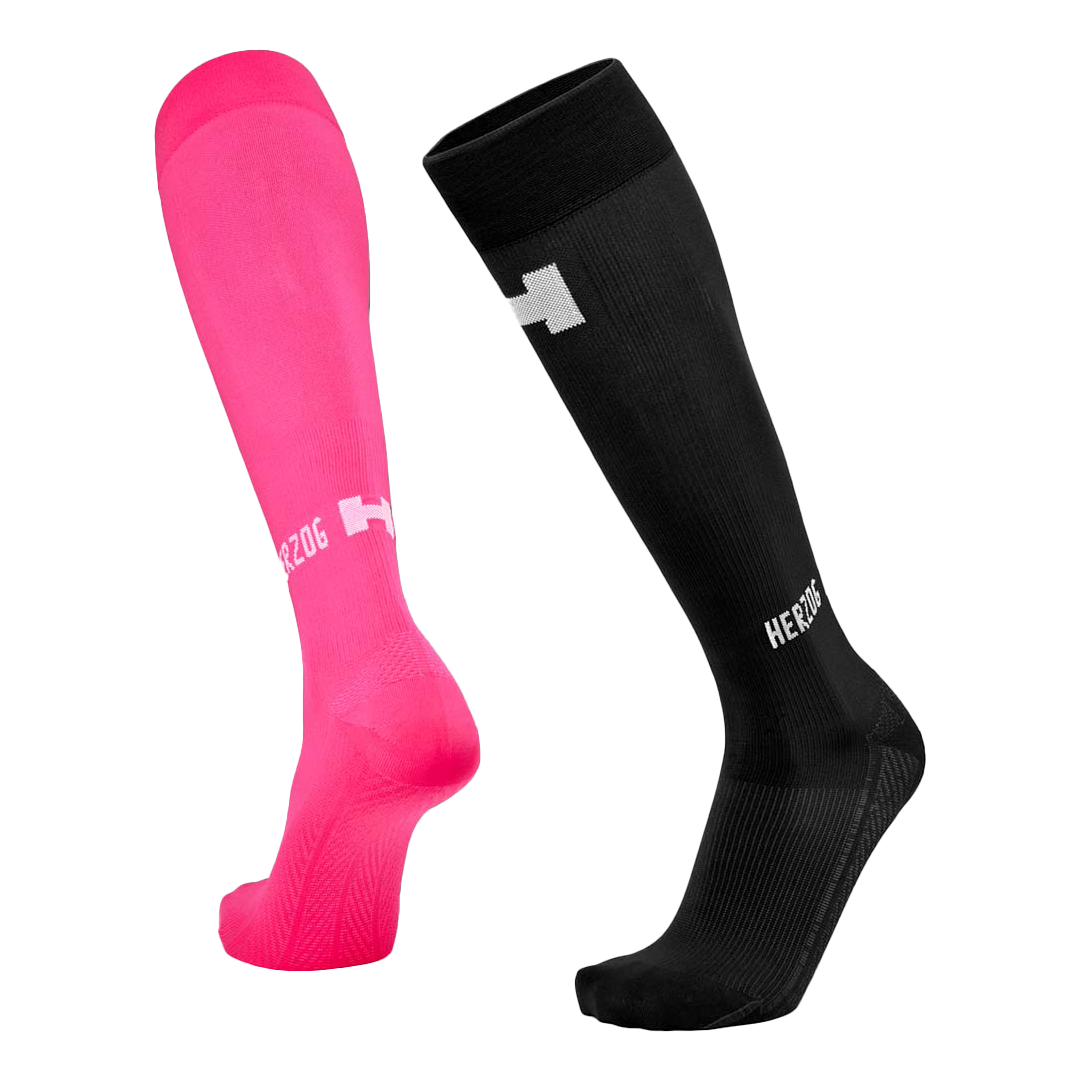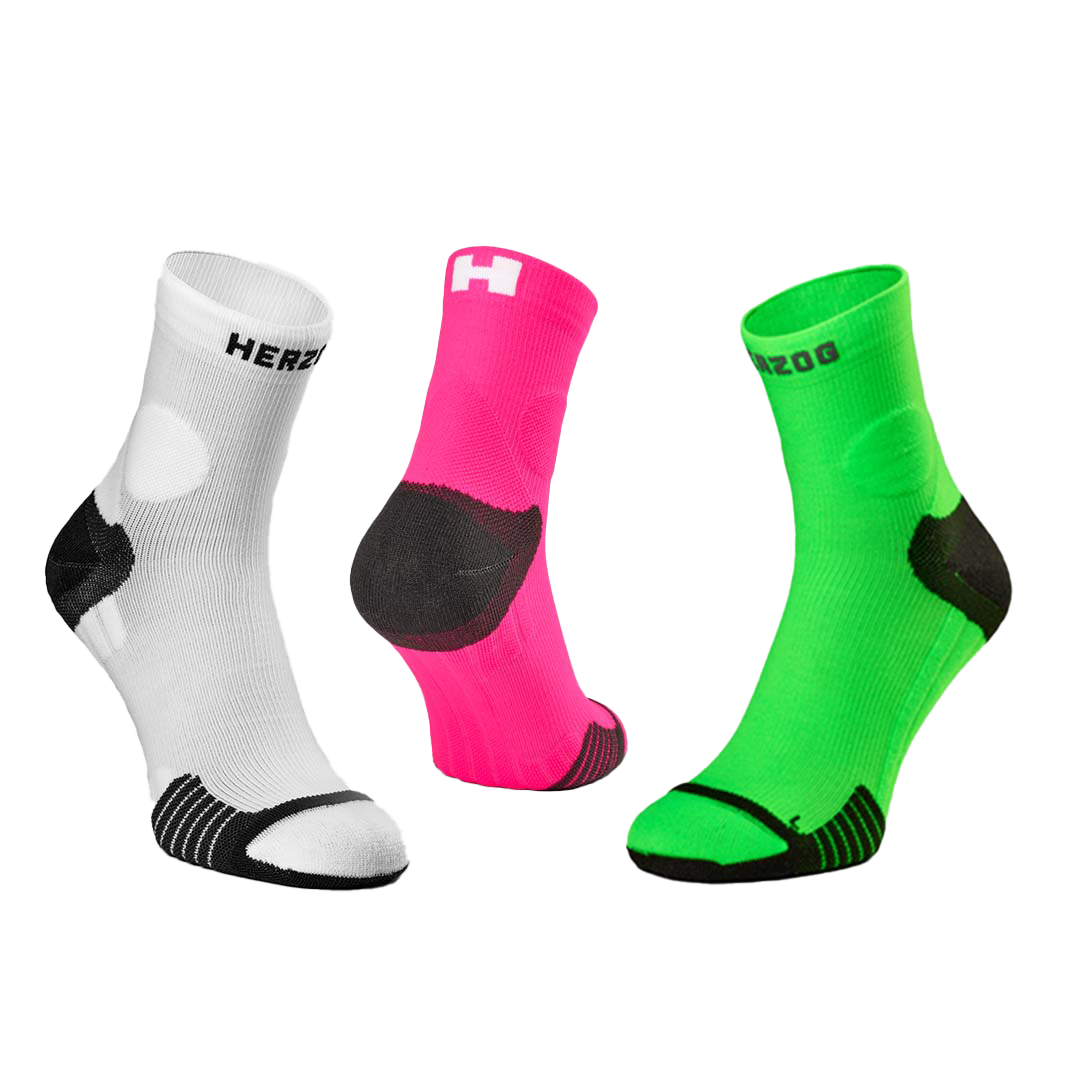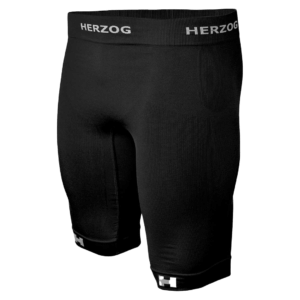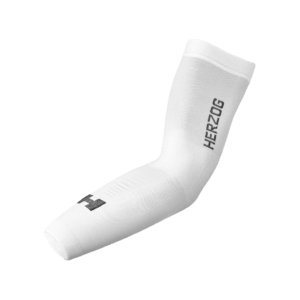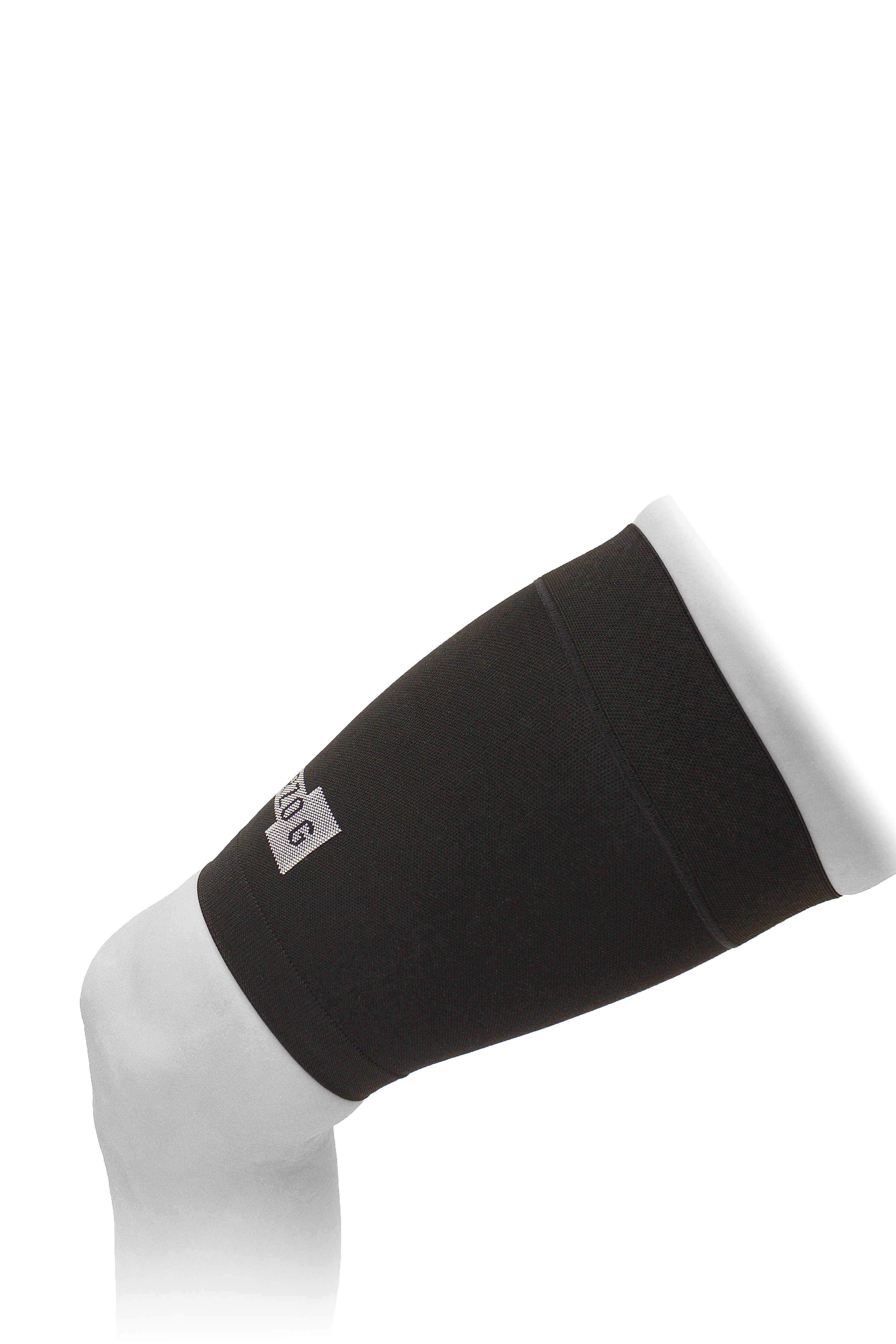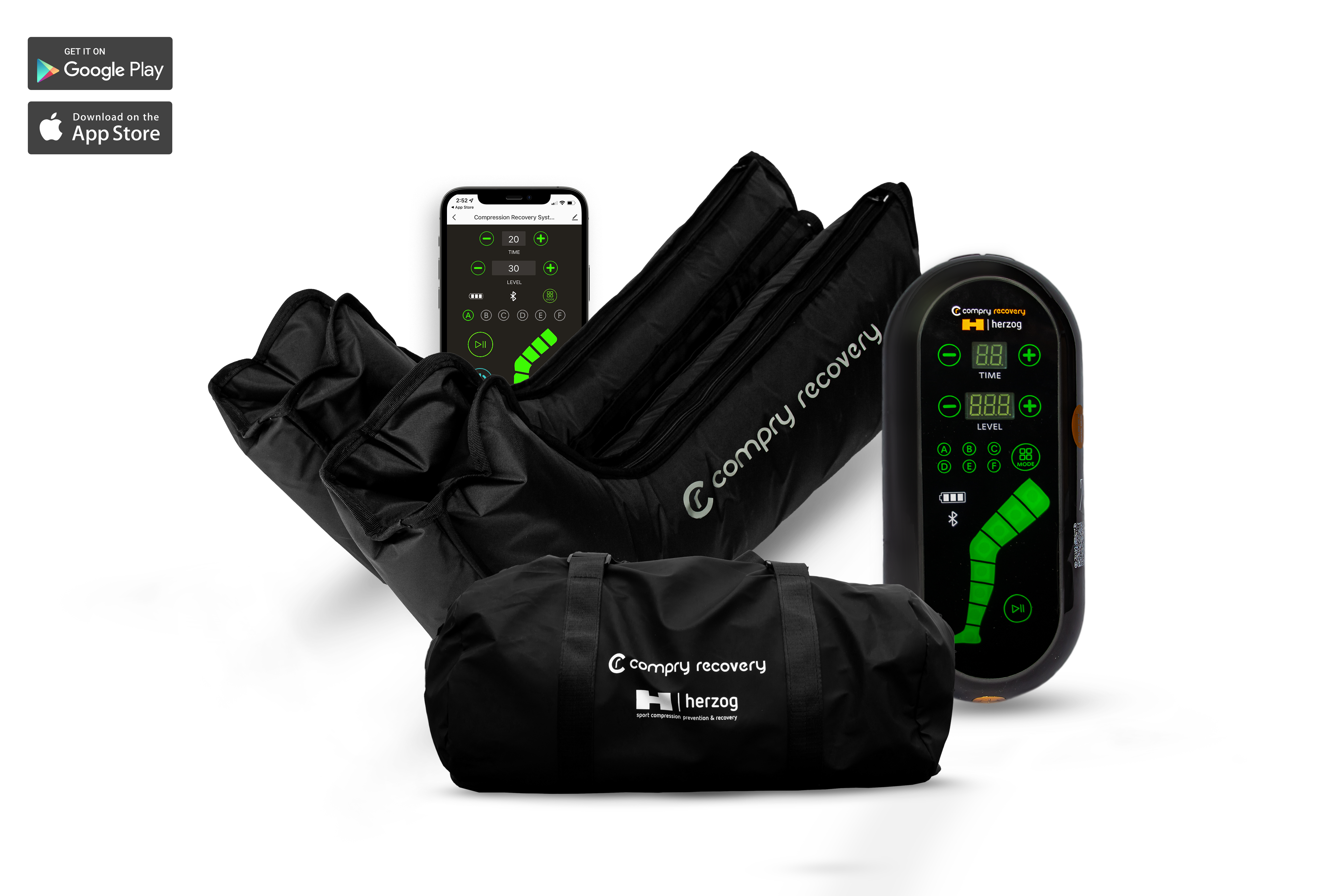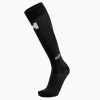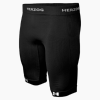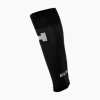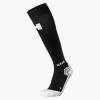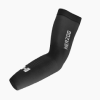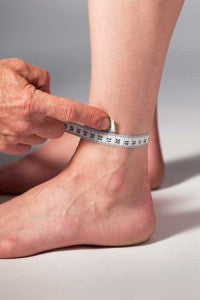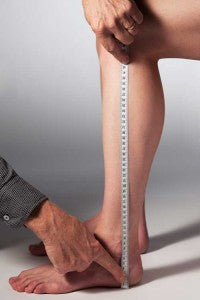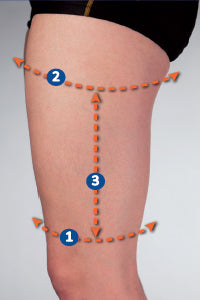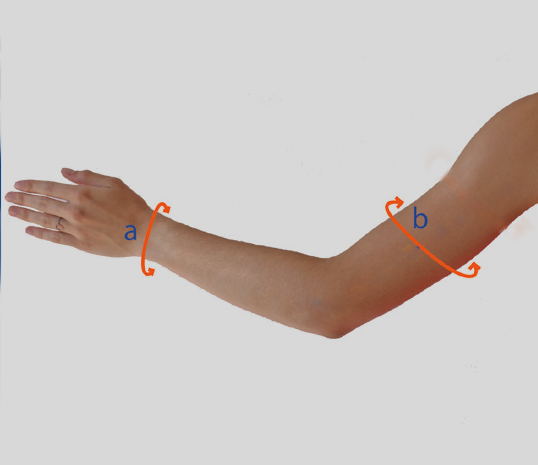Running in the cold: tips to prevent calf injuries

- Marketing Herzog

Unfortunately, there is a considerable risk lurking for runners in this cold season: calf complaints. Even the mild variant, such as a strain or cramp, can easily keep you on the sidelines for a few days. What starts as stiff calves can secretly evolve into a real tear in the calf, leaving you out of action for weeks. And as if that weren't enough, this time of year also causes sudden, intense pain in your calf: a real Coup-de-Fouet, or whiplash. You then immediately know that you will be out of action for a few weeks.
The causes of muscle injuries
Muscle injuries can have various causes. Consider no or too little warm-up, lack of training or a sudden excessive strain on the muscles that are too cold and not yet sufficiently supplied with blood. You can prevent these causes with good preparation prior to the sporting activity. Think of:
- Always warm up,
- Good dosed training,
- Preventing very high muscle strain at the start of a training or competition.
Unfortunately, it has become apparent that many runners are resigned to the fact that a muscle injury can occasionally occur. However, in addition to the measures mentioned, more can be done to keep the risk of a muscle injury as low as possible.

How do muscle injuries occur?
The calf muscles in particular have to endure a lot due to the impact when landing (three times body weight), but certainly also due to explosive activities such as jumping and a sudden sprint. These muscles are quite robust, weighing as much as 1 ½ to 2 ½ kg of muscle mass per leg. When they contract, a tremendous lateral force is released on muscle fibers. As if that weren't enough, that strong muscle mass is also shaken back and forth, often resulting in muscle damage.
How do you prevent muscle injuries?
The answer is very simple: wrap the muscle properly with a sock that provides sufficient counter pressure and has an optimal pressure gradient. The forces on muscles and tendons are adequately absorbed and neutralized. The shock load and lateral movement will therefore be significantly reduced, reducing the risk of injury.
Herzog Medical has recognized this problem for many years and has provided a unique solution: the Herzog Sports Compression Socks. Many experiments and scientifically based tests have led to a perfect compression sock that can prevent injuries in many cases. The sock is also used in treatment by many physiotherapists, podiatrists and sports masseurs.

Stay injury free with Herzog
The secret of the Herzog socks lies in the relatively high compression of up to 30mmHg at ankle level and a correctly dosed, decreasing pressure to 23mmHg below the knee. This varying pressure ensures that the venous blood with waste products is quickly and efficiently drained to the heart and that the calf muscle is tightly wrapped, so that lateral forces are absorbed and the shaking and shock load is largely eliminated. What is also unique is that the pressure is fully tailored to the individual leg shape. Herzog Medical uses a special measuring system in which the leg is measured at 6 points. As an athlete you are always guaranteed a perfect fit.
Recover with Herzog socks
If you want to significantly reduce the risk of muscle injuries, but also of sore and tense muscles after a competition or training, it is a 'must' to wear the Herzog Compression Socks during the activity, but also for a few hours afterwards. The care you pay to your tired muscles also means that the next training session is also possible faster due to faster recovery.


